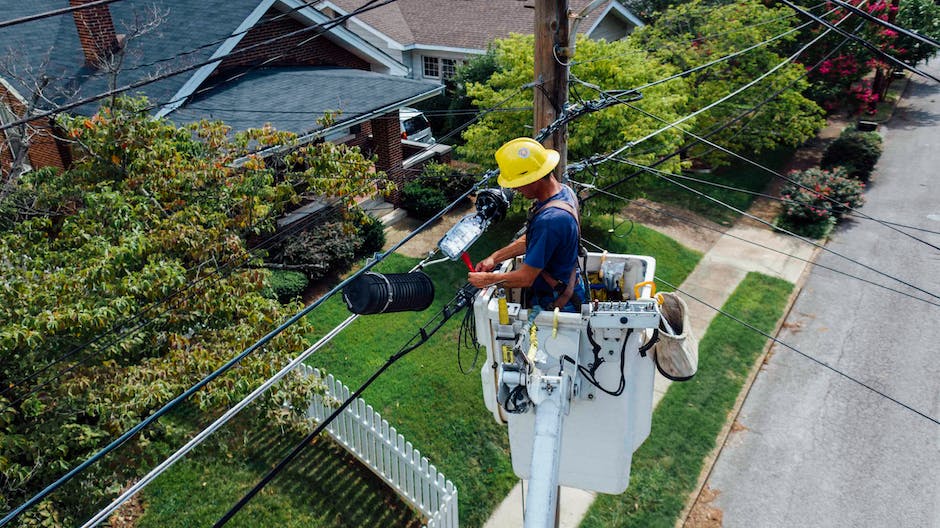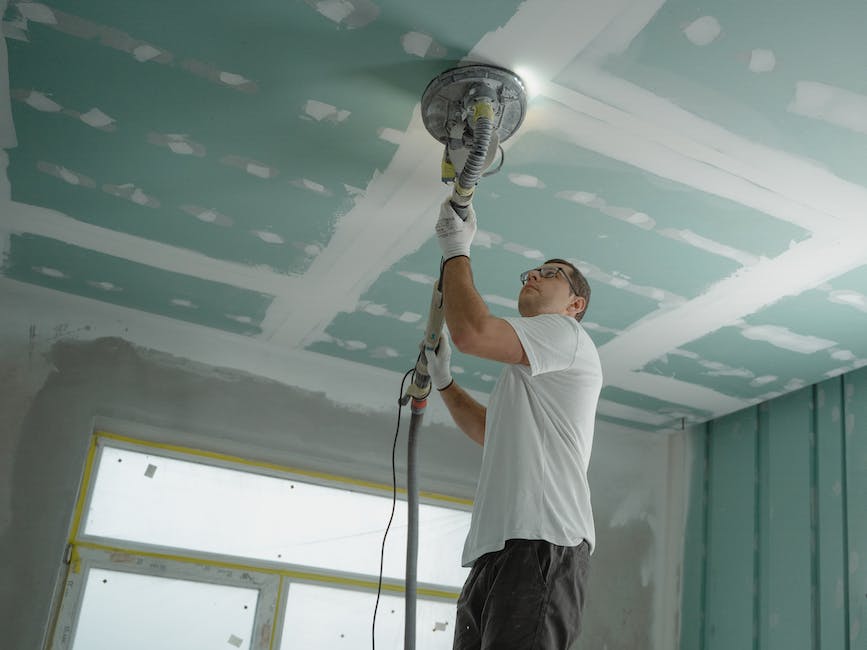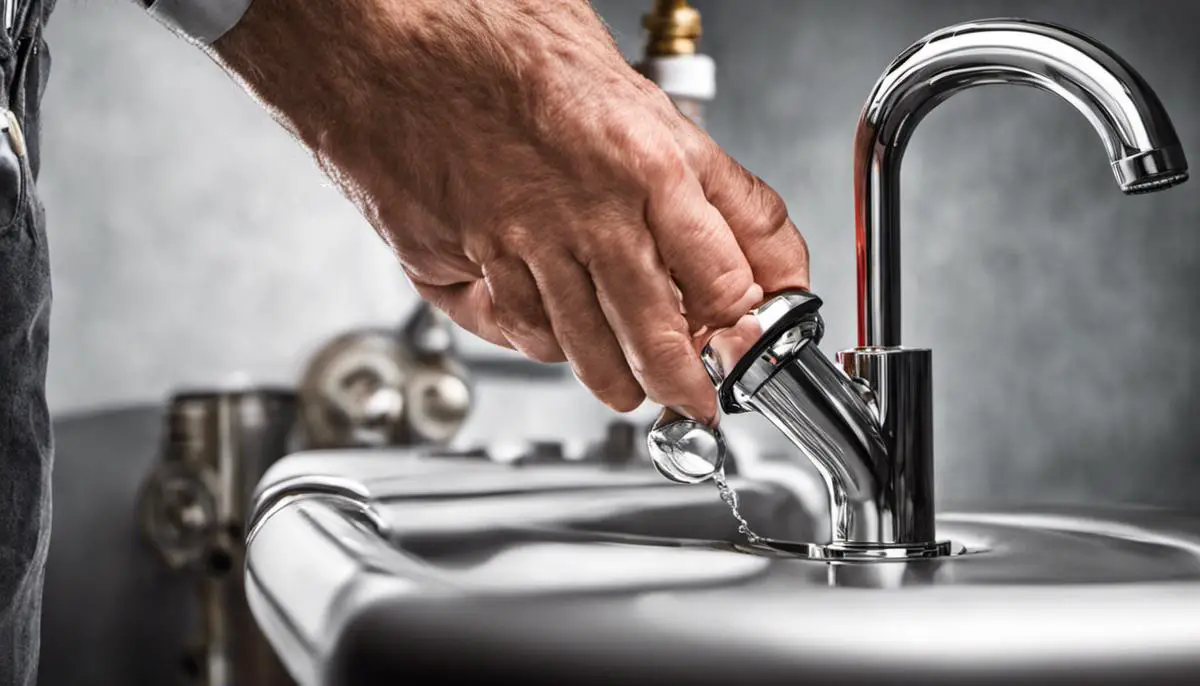We all want our homes to be a safe and welcoming haven, a place of comfort and tranquility. A well-maintained home is a significant part of accomplishing this, but it’s not always clear where to start when it comes to home maintenance. This guide is intended to help demystify these tasks, as it covers essential topics such as basic plumbing, electrical system maintenance, and standard household repairs. Whether you’re dealing with a leaky faucet, a blown fuse, or a squeaky door, this information can clarify what’s involved in these tasks and offer practical solutions that even a novice can handle. Remember, understanding the basics of home maintenance not only preserves the value and functionality of your property but also fosters a sense of independence and confidence in addressing common household issues.
Basic Plumbing
Understanding Basic Plumbing Issues
When it comes to home maintenance, basic plumbing emergencies such as leaky faucets, running toilets, and clogged drains are common issues homeowners often face. It is beneficial for you to understand these issues and how to remedy them.
A leaky faucet is often caused by a worn-out washer and can lead to water wastage if not fixed. Running toilets are generally a result of problems with the flapper, float, or fill tube, and they can waste a significant amount of water. Clogged drains, on the other hand, are usually due to a buildup of grease, hair, food particles, or other solid objects in the pipes.
How to Fix Common Plumbing Issues
To fix a leaky faucet, you need to first turn off the water supply and then remove the handle of the faucet and the packing nut, which will reveal the stem. Remove that as well and you’ll find the washer. If the washer is damaged or worn out, replacing it should resolve the leak.
For a running toilet, check the float, the flapper, and the fill tube first. If the water level is so high that it is flowing into the overflow tube, then the float needs to be adjusted. You can bend the rod connected to the float or adjust the screw at the top of the fill valve. If the flapper is damaged, it might not be sealing properly, letting water leak from the tank to the bowl. In this case, the flapper needs to be replaced. Also, ensure the fill tube isn’t put too far down into the overflow tube, otherwise, it may siphon water from the tank.
For a clogged drain, a hand auger or a plunger can often clear the drain. It’s a good idea to try the plunger first. If that doesn’t work, use a hand auger by inserting it into the drain and turning the handle to break up the clog.
Basic Plumbing Tools
As a homeowner, you should have some basic plumbing tools that can help you deal with common plumbing issues. This includes a plunger, a sink or drain snake, a basin wrench, pipe wrench, plumbers’ tape (Teflon Tape), a tube cutter, and adjustable pliers.
The plunger is the most basic tool used to dislodge clogs. A sink or drain snake, also known as a hand auger, is used for stubborn clogs that a plunger can’t clear. Wrenches are used for tightening and loosening fittings. Plumbers’ tape is for sealing pipe threads. A tube cutter is for cutting copper pipe and lastly, adjustable pliers for overall use.
Safety Precautions for Plumbing
Before getting started on any hands-on plumbing work, make sure you take necessary safety precautions. Always shut off the water supply before starting to work on pipes or fixtures. Ensure you have good lighting before you begin. Wear safety goggles, especially when using power tools to protect your eyes from flying debris. Wear gloves to protect your hands from sharp objects and chemical burns. Lastly, never force a pipe or fixture to go where it doesn’t want to. Using excessive force can cause breaks, slips, or personal injury. If a component doesn’t fit, there’s generally a reason why. Take your time and double-check everything.

Electrical System Maintenance
Understanding Common Electrical Issues
One common electrical issue is a blown fuse, which usually happens when a circuit is overloaded. When a fuse blows, it cuts off the electrical flow to protect the wiring from becoming too hot and potentially starting a fire. If a fuse in your home has blown, the circuit it was protecting will stop working. You can identify a blown fuse in your fuse box (usually a metal box in your basement or another out-of-the-way place): if the clear, glass top of the fuse is discolored or the metal strip inside the fuse is broken, the fuse has blown and needs to be replaced.
To replace a blown fuse, turn off all lights and unplug everything from the affected circuit, then remove the fuse from the fuse box by unscrewing it just like a lightbulb. Replace it with a new fuse of the same type and rating. If the circuit continues to blow, there may be an issue with your wiring and you should call a professional electrician.
Another common problem is a tripped circuit breaker. Circuit breakers, like fuses, protect your circuits from becoming overloaded. When a circuit breaker detects a problem, it “trips” or shuts off the electrical flow. To reset a tripped breaker, find your circuit breaker panel (usually a gray box somewhere in your house) and look for the breaker that is in the “off” position or not in line with the rest of the breakers. Flip the switch to “on.” If it continues to trip, this is an indication of a larger problem and a professional should be contacted.
How to Replace a Light Switch
To replace a light switch, first go to your circuit breaker and turn off the power to the switch. Remove the faceplate of the switch and then unscrew the switch from the wall. You should see three wires attached to the switch: a black wire (the hot wire), a white wire (the neutral wire) and a bare or green wire (the ground wire). Disconnect these wires from the old switch.
Next, connect the black wire to the bronze or darker screw on the new switch, the white wire to the silver or lighter screw and the bare/green wire to the green screw. Screw the new switch back into the wall and replace the faceplate. Turn the power back on at the breaker and test the new switch.
Essentials of Electrical Safety
Safety should always be the first thing on your mind when doing any home electrical work. Always turn off the power at the circuit breaker before starting any electrical work. Use insulated tools and wear rubber-soled shoes to protect against electric shock. If you’re not comfortable doing something, hire a professional. It’s better to spend a little extra money than to risk your safety. Additionally, electrical systems should be inspected by a professional every 10 years (or every 5 for outdoor electrics) to ensure safety.

Household Repairs
Repairing Drywall
Repairing drywall begins with purchasing a drywall repair kit from your local hardware store. After, you need to cut out the damaged piece of drywall then trace the outline of the new piece over the area you just cut out. Now, install a backer board into the hole using screws to secure it. Then, apply the adhesive patch from the repair kit over the hole. After that, mix the drywall compound found in the kit and spread it over the patch. Let it dry. Once dry, use a sandpaper to smooth the surface. You would need to apply as many coats of the compound as necessary, allowing it to dry and sanding down between coats until you achieve a smooth surface that matches the surrounding wall. Finally, paint over it to match the rest of your wall.
Fixing Squeaky Doors
For squeaky doors, start by determining where the squeaking is coming from. If it’s coming from the hinges, clean them with a wire brush to remove any dust or rust. Then apply a lubricant like WD-40 or petroleum jelly and work it into the hinges by opening and closing the door a few times. If the noise persists, consider replacing the hinges. If the squeak is coming from the door rubbing against the frame, identify where it’s happening. You may need to sand down the part of the door that’s causing the problem or adjust the door’s placement by tightening or loosening its screws.
Patching Up Paint
Patching up paint is a pretty straightforward task. You’ll first want to clean the area that needs patching to ensure no dust or grime is present. Then, lightly sand the area to smoothen uneven surfaces and help the new paint adhere better. Apply primer over the area and allow it to dry. After that, apply the new paint, ideally with the same color as the original one, using a brush or roller. Allow the paint to dry completely before deciding whether another coat is necessary.
Minor Repairs to Improve Home Look and Feel
Other minor repairs could include fixing loose tiles, tightening leaky faucets, or replacing damaged window screens. For these kinds of fixes, it’s important to first assess the scope of the repair, gather the necessary tools, and follow either the manufacturer’s instructions or tutorials that can guide you. Don’t be afraid to hire a professional for tasks that may be beyond your skill level. Home maintenance is a key aspect of owning a home, and investing time and effort into minor repairs can really improve the overall look and feel of your home.

Hopefully, after digesting the information on basic plumbing, electrical system maintenance, and minor household repairs, you feel more empowered and armed with the knowledge necessary to tackle common home issues. These are not intimidating tasks reserved only for professionals; with the right tools and guidelines, you too can become proficient in preserving and enhancing your home’s wellbeing. By fostering this knowledge, you’re not only saving potentially significant repair costs but also contributing to the longevity and value of your property over time. So, keep this guide on hand, dive into the fascinating world of home maintenance, and watch as your home continues to serve as a comforting refuge, safe and sound for years to come.









Leave a Reply